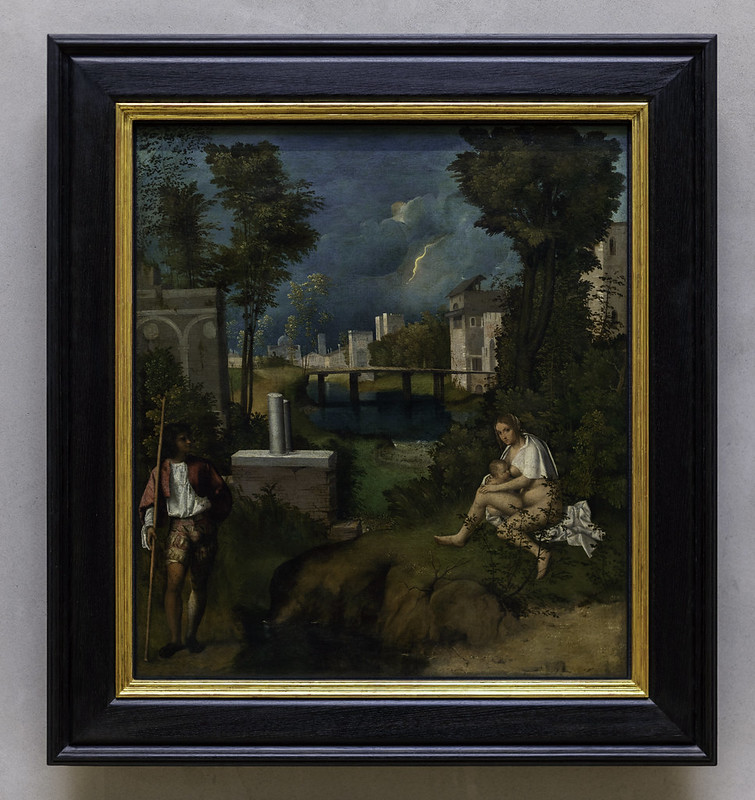Behind them, a storm brews in the sky, giving the painting its title.
However, the meaning of this ambiguous masterpiece has remained unclear and has instead produced multiple interpretations.
Here, we will learn Tempestand explore some of the possible meanings.
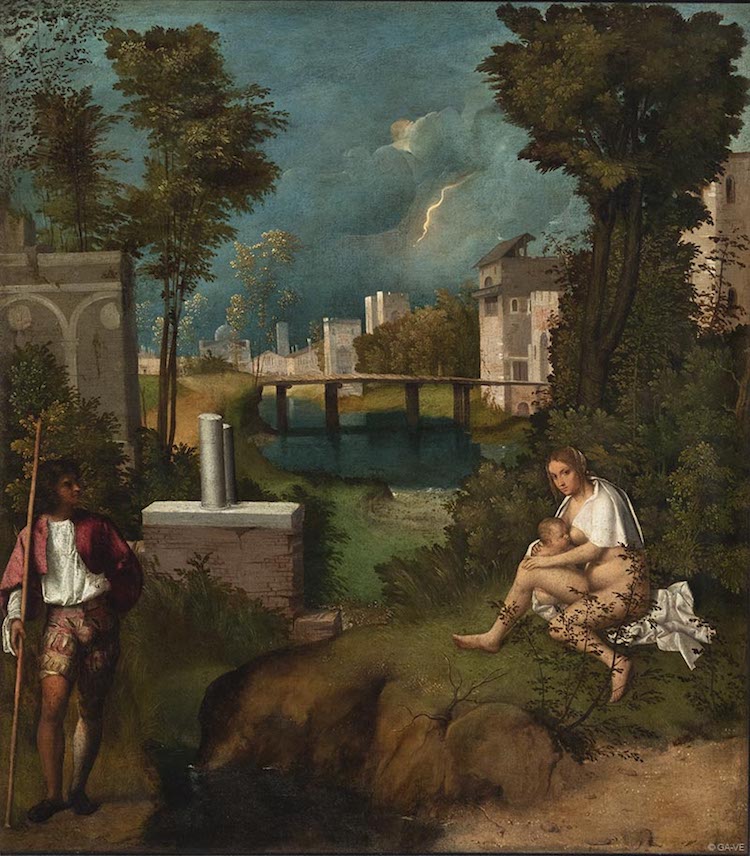
Giorgione, “The Tempest,” c. 1506–8 (Photo:Gallerie dell’AccademiaviaWikimedia Commons, Public domain)
Who Was Giorgione?
ExploringThe Tempest
Subject Matter
The Tempestfeatures two main figures in a lush pastoral foreground.
On the right-hand side, a nude woman is sitting underneath a tree and breastfeeding her baby.

Giorgione, “Self-Portrait as David,” c. 1508 (Photo: Herzog Anton Ulrich Museum viaWikimedia Commons, Public domain)
Her position is atypical as if done purposefully to emphasize her nakedness.
She appears to look directly at the viewer.
In early descriptions, she is usually referred to as a gypsy.
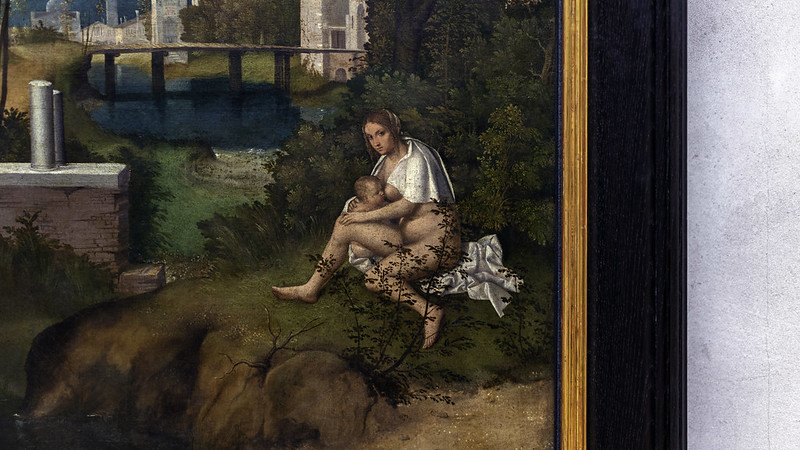
He is usually identified as a soldier due to his attire.
His gaze is turned away from the viewers, but strangely, does not fall on the woman.
Instead appears to drift just to the side of her.

In the distance, we see a bridge, a river, and a skyline of classical buildings.
It appears as though rain is imminent, yet the figures do not seem concerned with the weather.
Giorgione’s approach toThe Tempestwas very novel for the time.
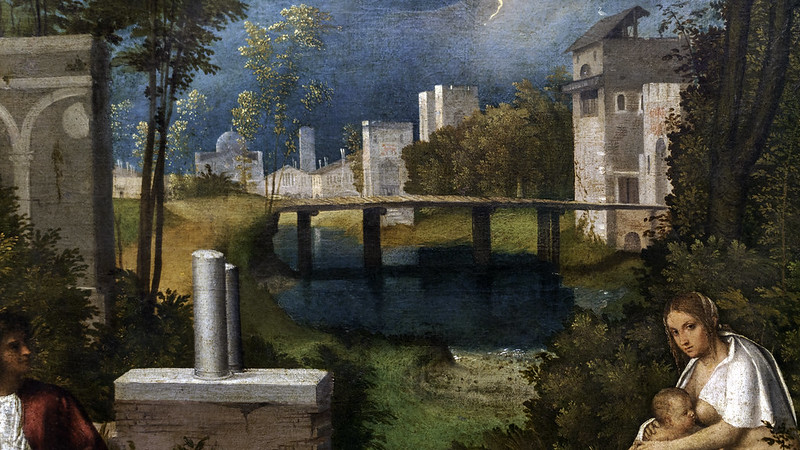
As a result, this work is widely considered the first landscape in Western art.
Style
The Tempestis a hallmark of the Venetian School and Giorgione’s poetic approach to the style.
The Italian Renaissance historian Giorgio Vasari even said that he never understoodThe Tempest.

Even so, multiple interpretations have been put forward, analyzing Giorgione’s love of symbolism and narratives.
Another interpretation suggests that the work depicts the flight into Egypt.
Frequently Asked Questions
What is the meaning ofThe Tempestby Giorgione?
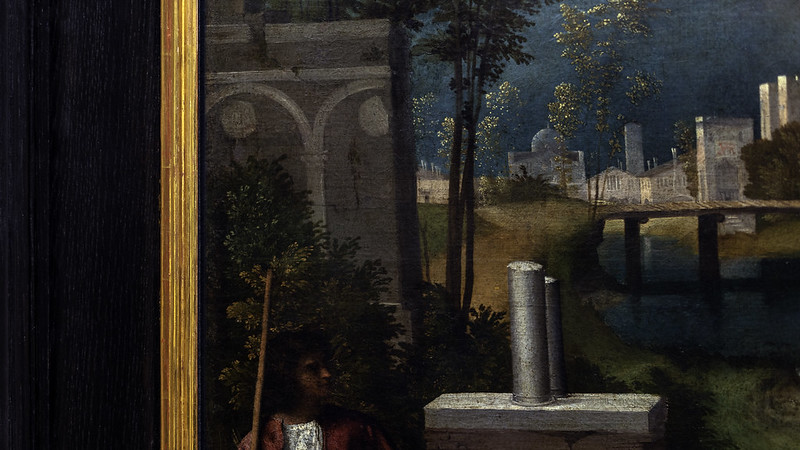
Another interpretation suggests that the work depicts the flight into Egypt.
Where isThe Tempest by Giorgione?
The Tempestis located at the Gallerie dell’Accademia in Venice, Italy.
